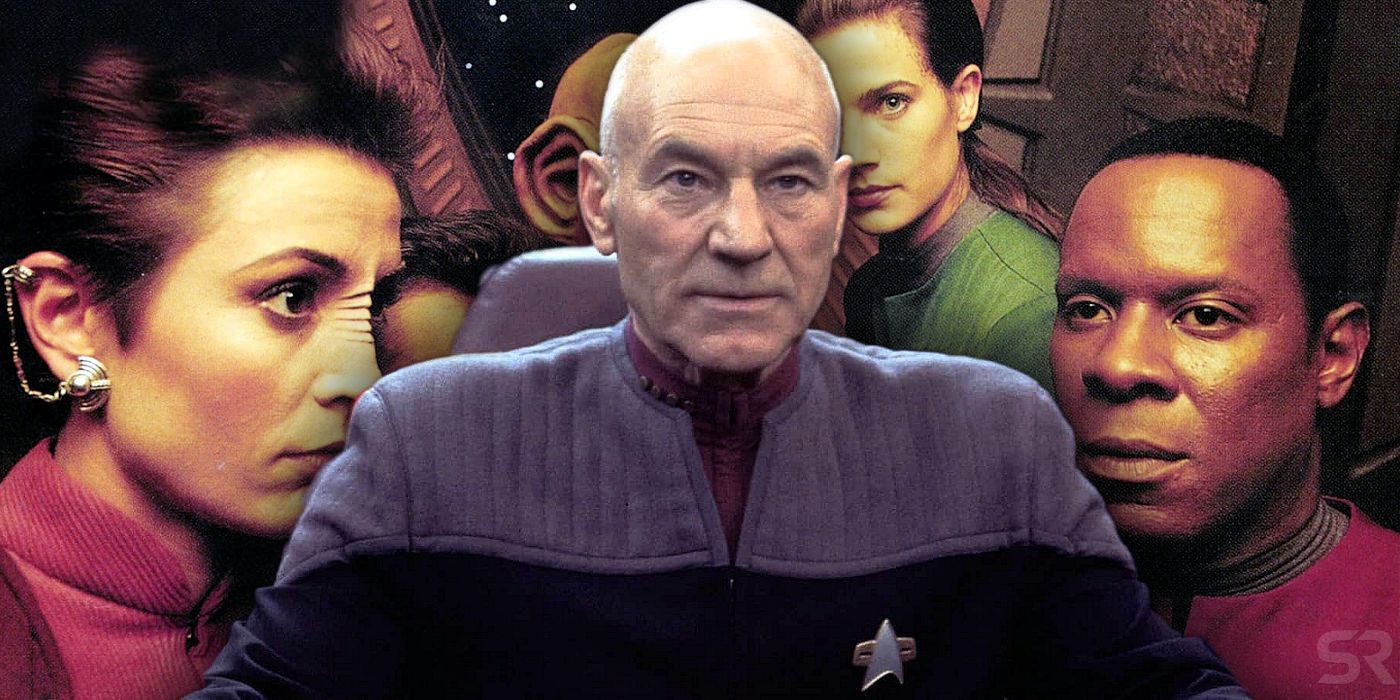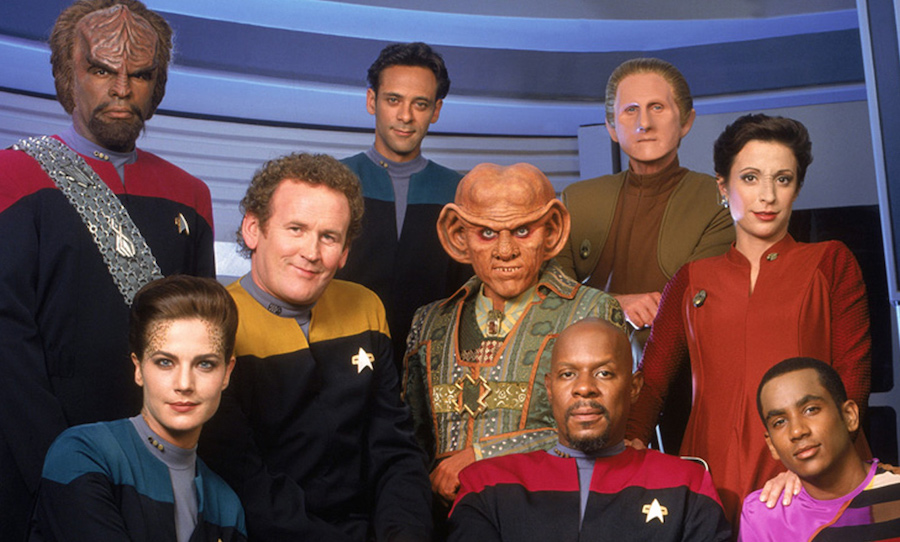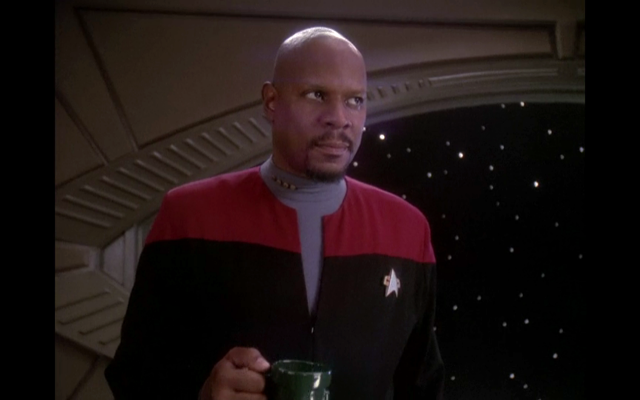

Several other TNG characters made appearances too, such as Captain Jean-Luc Picard, Thomas Riker, Q, Lwaxana Troi, Kurn, Lursa, B'Etor, Admiral Alynna Nechayev, Vash, Toral and Alexander Rozhenko. Several Next Generation characters also had recurring roles on the show, such as Keiko O'Brien and Gowron. Worf – a major character from TNG – played a large role on DS9. Miles O'Brien, and later Worf, were two characters imported from TNG. Such characters included Nog, Rom, Elim Garak, Dukat, Vedek Bareil Antos, Winn Adami, Weyoun, the Female Changeling, Damar, Martok, Kasidy Yates, Leeta, Brunt, Ishka, and Zek. Unlike other Star Trek series, DS9 also had a large cast of recurring characters. (" Progress", " Shakaar", " The House of Quark", " Heart of Stone", " Prophet Motive", " Little Green Men", " Bar Association", " Body Parts", " Nor the Battle to the Strong", " The Ascent", " The Darkness and the Light", " Business as Usual", " Ties of Blood and Water", " Ferengi Love Songs") Additionally, a number of the episodes and main storylines focused entirely on characters who weren't members of Starfleet: for example, those revolving around Kira, Odo, Jake Sisko, and Quark.

#Deep space nine cast garik series#
The show also broke with tradition – and with the two Star Trek series that followed it – by featuring a commanding officer as the star of the show at the rank of commander, rather than captain, for a significant portion of its run, until Sisko was eventually promoted to captain in " The Adversary". The show broke the "standard format" for Star Trek shows a number of times as well, with a direct, first-person narrative providing the commentary for the episode " In the Pale Moonlight", a retelling of a classic TOS episode from a different angle in " Trials and Tribble-ations", life in the racially segregated 1950s in " Far Beyond the Stars", and a reintroduction of the concept of "black ops" to the Star Trek universe with Section 31: " Inquisition". Unlike its predecessors Star Trek: The Original Series and Star Trek: The Next Generation, Deep Space Nine tended to avoid an episodic format for most of its run and instead featured multiple-episode story arcs. The show is known for its complex characters and storylines, engaging battle scenes and darker (less Utopian) atmosphere. While the pair may not be Star Trek’s first canonical gay relationship, they will always be remembered as the romance that could have been.Deep Space Nine goes where no Star Trek series had gone before – DS9 was the first Star Trek production not based on a starship, but instead, a starbase, known as Deep Space 9 (the starship USS Defiant was introduced in season 3, but the station remained the primary setting of the series). In the recent Deep Space Nine documentary What We Left Behind, showrunner/executive producer Ira Steven Behr admitted that he felt that Deep Space Nine should have pursued Garak and Bashir’s relationship after “The Wire” and let their narrative run its course.

For the most part, the writers supported the character beautifully, but in that area, they just made a choice they didn’t want to go there, and if they don’t want to go there I can’t, because the writing doesn’t support it.” The fact that the attractive Human being is a man (Bashir) doesn’t make any difference to him.

Originally … I loved the man’s absolute fearlessness about presenting himself to an attractive Human being. But-it’s Star Trek and there were a couple of things working against that. He’s not gay, he’s not straight, it’s a non-issue for him. In Robinson’s own words during an interview, “I started out playing Garak as someone who doesn’t have a defined sexuality.


 0 kommentar(er)
0 kommentar(er)
